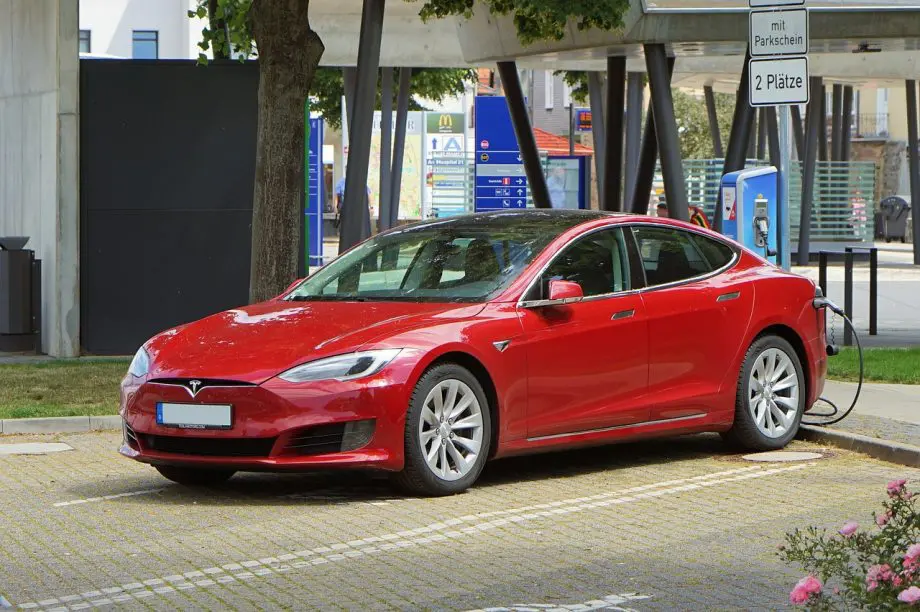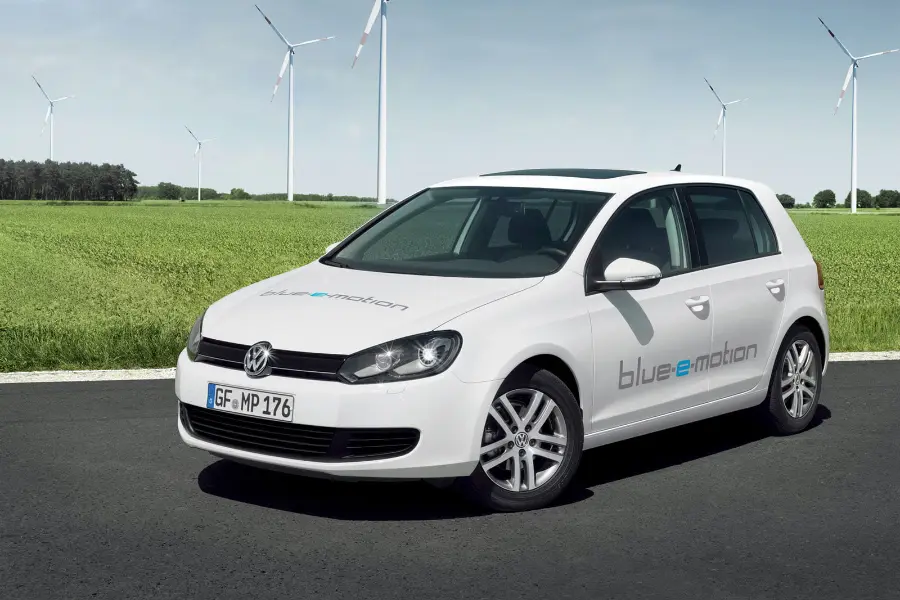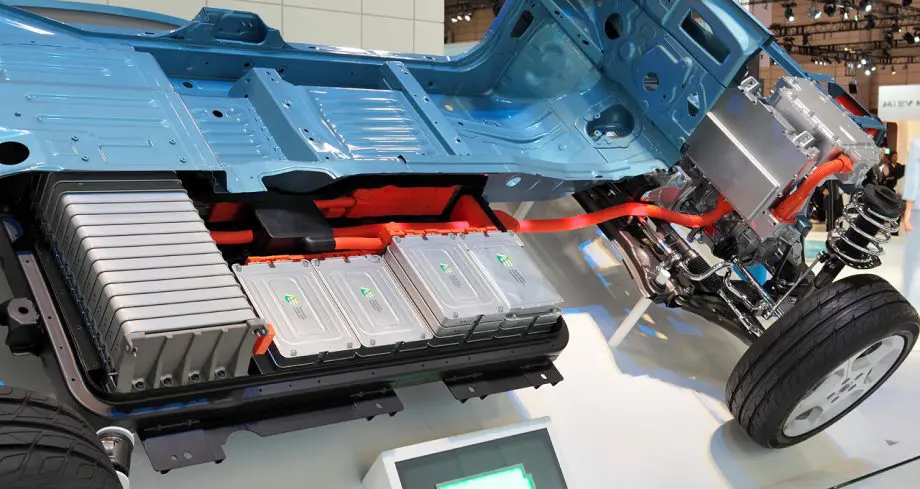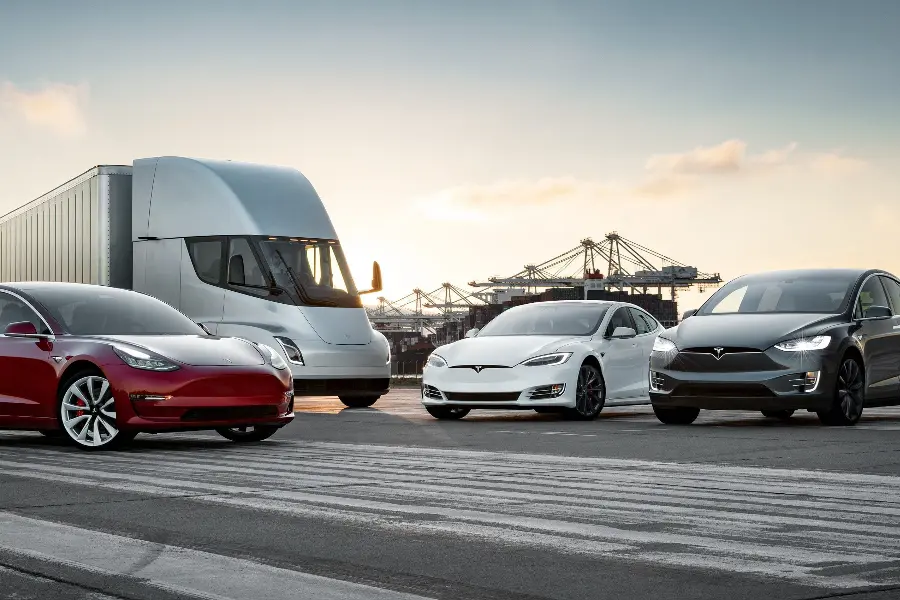
Discover how government policies to promote electric vehicles are shaping a greener future. Dive into our friendly guide to understand these impactful changes.
Ever wondered how government policies to promote electric vehicles are driving us toward a cleaner, greener future?
Well, you’re in the right place! In this blog post, we’ll navigate the highways and byways of these policies.
We’ll explore how they’re not just transforming the way we drive, but also how they’re sparking innovation and steering us towards a more sustainable world.
So, buckle up and let’s hit the road!
Government Policies to Promote Electric Vehicles
Welcome to our deep dive into the world of government policies to promote electric vehicles!
This isn’t just about cars that run on batteries instead of gasoline. It’s about a global shift in transportation, a revolution in technology, and the policies that guide us there.
In this post, we’ll explore everything from federal incentives to state-level initiatives, from infrastructure funding to the latest trends in EV policy.
We’ll also tackle some of your most burning questions in our FAQ section.
So, if you’re curious about how governments are accelerating the electric vehicle revolution, keep reading. This journey is just getting started!
Brief Overview of the Topic
Electric vehicles (EVs) are more than just a modern convenience; they’re a key player in our global effort to reduce carbon emissions and combat climate change.
But the shift from traditional gasoline-powered vehicles to electric isn’t just about the technology itself.
It’s about a whole ecosystem that supports these vehicles, from charging infrastructure to manufacturing processes, and even the way we think about transportation.
Importance of Government Policies in Promoting Electric Vehicles
Now, you might be wondering, where do government policies fit into all of this? Well, they play a crucial role.
Government policies to promote electric vehicles are like the roadmap guiding us toward this new electric-powered landscape.
They provide the incentives that make EVs more affordable, the funding that builds the charging infrastructure, and the regulations that ensure a fair and competitive market.
These policies are the driving force behind the scenes, steering us toward a future where electric vehicles are the norm, not the exception. And that’s what makes them so important.
Federal EV Policy
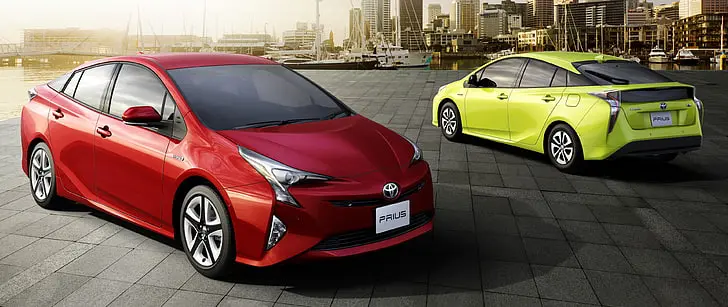
Let’s shift gears and delve into the heart of our journey the Federal EV Policy.
This isn’t just a set of rules scribbled on paper, but a powerful engine that propels the entire electric vehicle movement forward.
From purchase incentives to infrastructure funding, these policies are the nuts and bolts that hold the EV industry together.
So, let’s pop the hood and take a closer look at what makes the Federal EV Policy so pivotal in our drive toward an electric future.
Purchase Incentives
First up, let’s talk about purchase incentives. These are like the sweet deals that make buying an electric vehicle even more attractive.
Think of them as the government’s way of saying, Hey, we see you making an eco-friendly choice, and we’re here to support you.
These incentives can take the form of tax credits, rebates, or even discounts at the point of sale, making electric vehicles more affordable for everyone.
Charging Infrastructure Funding
Next on the list is charging infrastructure funding.
Imagine embarking on a road trip in your shiny new electric vehicle, only to find there’s nowhere to recharge along the way.
Not ideal, right? That’s where infrastructure funding comes in.
The government is investing in building a network of charging stations across the country, ensuring that you can always find a place to top up your battery, no matter where your journey takes you.
Federal Fleet Electrification Funding
Now, let’s talk about federal fleet electrification funding. This is the government’s commitment to walk the talk.
By setting aside funds to replace their own fleet of vehicles with electric alternatives, the government is leading by example.
This not only reduces the carbon footprint of federal agencies but also boosts the demand for electric vehicles, encouraging further growth in the sector.
EV Manufacturing and Supply Chain Funding and Programs
Last but certainly not least, we have EV manufacturing and supply chain funding and programs.
This is all about supporting the industry from the ground up.
By investing in the companies that manufacture electric vehicles and the supply chains that keep them running, the government is helping to create a robust and resilient EV industry.
This not only ensures a steady supply of electric vehicles but also helps to create jobs and drive innovation in the sector.
Policies to Promote Electric Vehicle Deployment
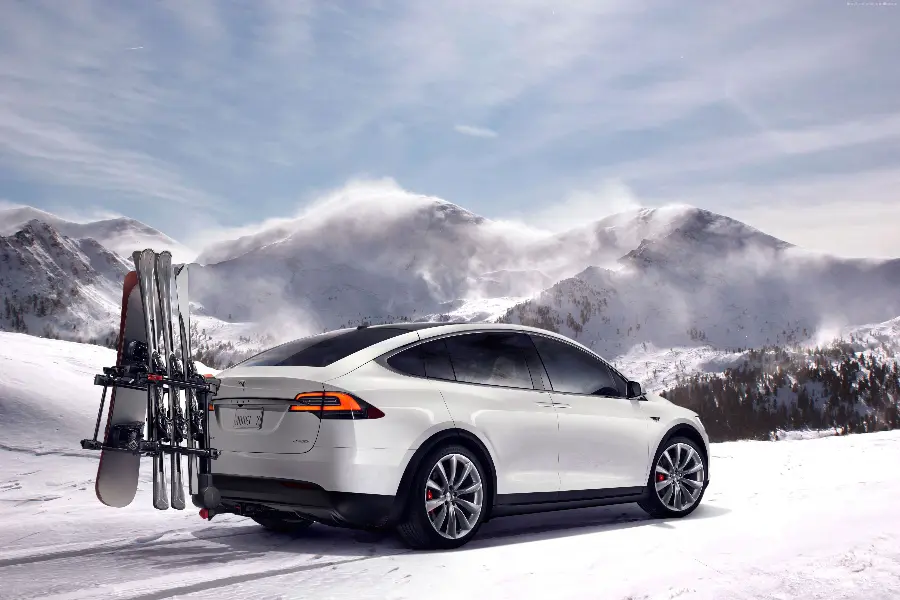
Alright, we’ve explored the federal policies, but let’s not stop there. It’s time to venture into the broader landscape of policies that promote electric vehicle deployment.
These policies are like the traffic signals and road signs that guide the electric vehicle movement, ensuring it flows smoothly and efficiently.
They encompass a wide range of strategies, from competitive tenders to green public procurement programs.
So, buckle up as we navigate through these policies and uncover how they’re helping to accelerate the deployment of electric vehicles on our roads.
Competitive Tenders
Starting off with competitive tenders, these are essentially calls for companies to submit their best proposals for providing electric vehicles or related services.
It’s a bit like a contest where the best proposal wins. But it’s not just about getting the lowest price.
These tenders also consider factors like quality, sustainability, and innovation.
This way, competitive tenders ensure that we’re getting the best value for money and driving progress in the electric vehicle industry.
Green Public Procurement Programs
Next, we have green public procurement programs. These are initiatives where government entities commit to purchasing goods and services that are environmentally friendly.
In the context of electric vehicles, this means choosing electric over traditional vehicles for their fleets.
It’s a powerful way for the government to lead by example, showing businesses and individuals alike that electric vehicles are a viable and preferable option.
Purchase Subsidies
Finally, let’s talk about purchase subsidies. These are financial incentives that reduce the cost of buying an electric vehicle.
They could be direct subsidies that knock off a chunk of the purchase price or indirect ones like tax credits or exemptions.
The goal here is to make electric vehicles more affordable for everyone, helping to speed up their adoption.
After all, the more electric vehicles we have on the road, the closer we get to a greener, more sustainable future.
State Policies Promoting Hybrid and Electric Vehicles
Having explored the federal landscape, let’s now zoom in on the state level.
Each state has its own unique set of policies promoting hybrid and electric vehicles, like pieces of a puzzle that, when put together, form a comprehensive picture of our nation’s drive towards cleaner transportation.
From supporting hybrid and plug-in electric car adoption to initiatives aimed at increasing energy security and reducing greenhouse gas emissions, these state policies play a crucial role in shaping our electric future.
So, let’s dive in and see how states are putting their own spin on promoting electric vehicles.
Policies to Support Hybrid and Plug-in Electric Car Adoption
Firstly, let’s discuss the policies that support hybrid and plug-in electric car adoption.
These policies vary from state to state, but they all share a common goal: to make it easier and more appealing for people to choose electric.
This could involve financial incentives like tax credits or rebates, or non-financial ones like access to carpool lanes or preferred parking.
Some states even have mandates requiring a certain percentage of new cars sold to be electric.
These policies are all about giving people that extra nudge to go electric.
Energy Security and Reduction of Greenhouse Gas
Next, we have energy security and the reduction of greenhouse gas emissions.
When we talk about energy security, we’re talking about reducing our reliance on imported oil by using domestically produced electricity instead.
This not only makes us less vulnerable to fluctuations in oil prices but also helps to support local jobs in the energy sector.
As for reducing greenhouse gas emissions, well, that’s a big one.
Electric vehicles produce zero tailpipe emissions, which means they’re a key part of our strategy to combat climate change.
By promoting electric vehicles, states are doing their part to protect our planet for future generations.
Electricity Laws and Incentives in Federal Government
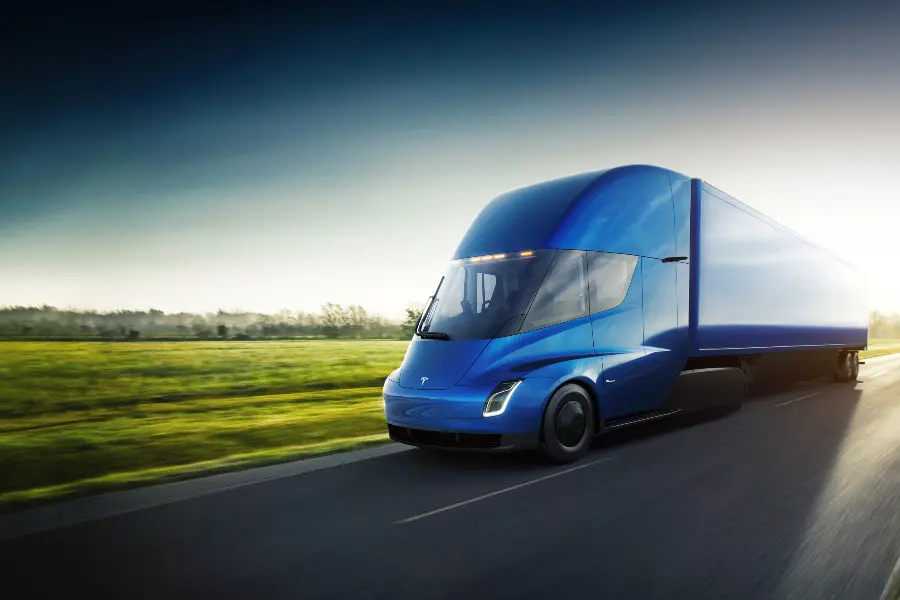
Let’s now turn our attention to the electricity laws and incentives at the federal level.
These are the guiding lights that illuminate our path toward a more sustainable, electric-powered future.
They shape the landscape of electric vehicle adoption, providing the legal framework and financial incentives that make it possible.
So, let’s shed some light on these electricity laws and incentives, and see how they’re powering our journey towards an electric future.
Summaries of all Federal Laws and Incentives Related to Electricity
Let’s start by summarizing the federal laws and incentives related to electricity.
These laws and incentives are like the rulebook and rewards system for the electric vehicle game.
They set the standards for everything from vehicle emissions to charging infrastructure, and offer incentives like tax credits and grants to encourage compliance and innovation.
Some of these laws regulate the energy sector as a whole, while others are specifically designed to promote electric vehicles.
Together, they create a supportive environment for the growth of the electric vehicle industry.
Advanced Energy Research Project Grants
Next, we have the Advanced Energy Research Project Grants.
These are like the fuel that powers the engine of innovation in the electric vehicle industry.
These grants provide funding for research and development projects that aim to improve the efficiency, reliability, and affordability of electric vehicles.
This could involve anything from developing new battery technologies to designing more efficient charging systems.
By funding this kind of cutting-edge research, these grants are helping to drive the electric vehicle industry forward and bring us closer to a future where electric vehicles are the norm.
Electric Vehicle Policy in the United States: Trends
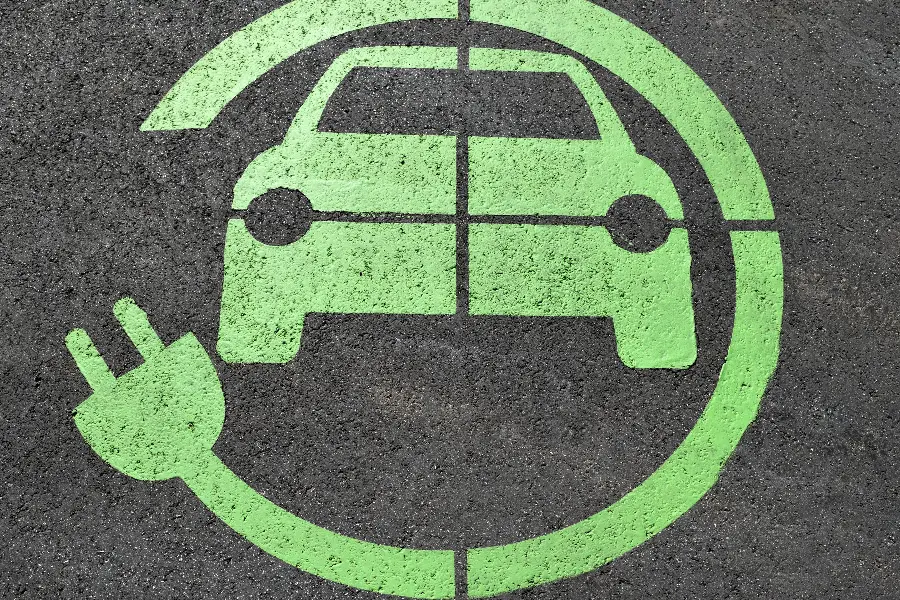
Ready to explore the latest trends in electric vehicle policy in the United States?
As the electric vehicle landscape continues to evolve, so too do the policies that guide it.
These trends are like the signposts on our journey, showing us where we’ve been and where we’re headed.
From the development of charging infrastructure to new emissions regulations, these trends offer valuable insights into the future of electric vehicles.
So, let’s hit the accelerator and dive into the latest trends shaping the electric vehicle policy in the United States.
Development of Charging Infrastructure
First, let’s talk about the development of charging infrastructure.
This is a key trend in the electric vehicle policy landscape and for good reason.
Just as gas stations are crucial for traditional vehicles, charging stations are essential for electric vehicles.
But it’s not just about quantity; it’s also about quality and accessibility.
The goal is to ensure that charging stations are not only plentiful but also fast, reliable, and easy to use.
And with policies supporting the development of charging infrastructure, we’re well on our way to achieving that goal.
Emissions Regulations
Next, we have emissions regulations. These are rules that limit the amount of pollutants that vehicles can emit.
With the rise of electric vehicles, these regulations are becoming increasingly stringent.
After all, one of the main benefits of electric vehicles is that they produce zero tailpipe emissions.
By tightening emissions regulations, policies are effectively encouraging the switch to electric vehicles.
And as these regulations continue to evolve, they’re pushing the auto industry to innovate and produce even cleaner, more efficient vehicles.
Policies to Help America Lead
Let’s now turn our attention to the policies that are helping America lead the charge in the electric vehicle revolution.
These policies are like the captain steering the ship, guiding us toward a future where electric vehicles rule the road.
From incentivizing domestic manufacturing of EV batteries to the Bipartisan Infrastructure Law, these policies are setting the pace and direction for the rest of the world.
So, let’s dive in and explore how these policies are helping America take the lead in the global electric vehicle race.
Incentivizing Domestic Manufacturing of EV Batteries
First up, let’s discuss how policies are incentivizing domestic manufacturing of EV batteries.
These batteries are the heart of an electric vehicle, storing the electricity that powers the motor.
By incentivizing their domestic production, these policies are not only supporting local industries and creating jobs but also ensuring a steady supply of high-quality batteries for American-made electric vehicles.
This is a key step towards making the U.S. a global leader in electric vehicle technology.
Bipartisan Infrastructure Law
Next, we have the Bipartisan Infrastructure Law. This landmark legislation represents a significant investment in America’s infrastructure, including a substantial boost for electric vehicles.
It provides funding for everything from charging stations to research and development, helping to accelerate the adoption of electric vehicles and drive innovation in the sector.
This law is a clear signal of the government’s commitment to promoting electric vehicles, and it’s setting the stage for the U.S. to lead the world in this important field.
Policy and Regulation – Electric Vehicle Toolkit
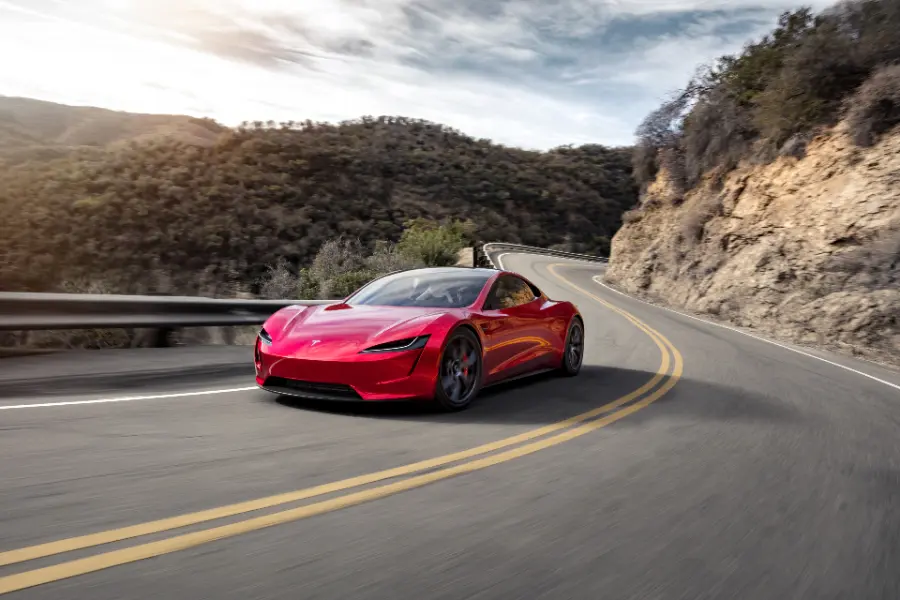
Next on our journey, let’s take a look at the Policy and Regulation section of the Electric Vehicle Toolkit.
Think of this as your handy guide to navigating the complex world of electric vehicle policies.
From local to regional to federal policies, this toolkit covers it all. It’s like a Swiss Army knife for anyone interested in understanding how policy and regulation are shaping the electric vehicle landscape.
So, let’s dive in and see what tools this kit has to offer!
Policies at Different Levels of Government—Local, Regional, Federal
First, let’s talk about policies at different levels of government.
Just like a well-coordinated team, local, regional, and federal governments each play a unique role in promoting electric vehicles.
Local policies might involve things like building charging stations in city-owned parking lots or offering local tax incentives for EV owners.
Regional policies could include initiatives to connect cities with a network of charging stations or regional emissions standards.
And at the federal level, we have nationwide incentives and regulations that provide a unified direction for the country.
Together, these policies at all levels of government work in harmony to support the growth of the electric vehicle industry.
Incentivizing Electric Vehicle (EV) Deployment
Next, we have policies aimed at incentivizing electric vehicle deployment.
These are like the carrot on a stick that encourages more people to choose electric vehicles.
They could be financial incentives, like tax credits or rebates, or non-financial ones, like access to carpool lanes or preferred parking for EVs.
The goal of these policies is to make owning and driving an electric vehicle as easy and attractive as possible.
And the more electric vehicles we have on the road, the closer we get to a cleaner, greener future.
Federal Government Policies to Promote the Adoption of Hybrid and Electric Vehicles
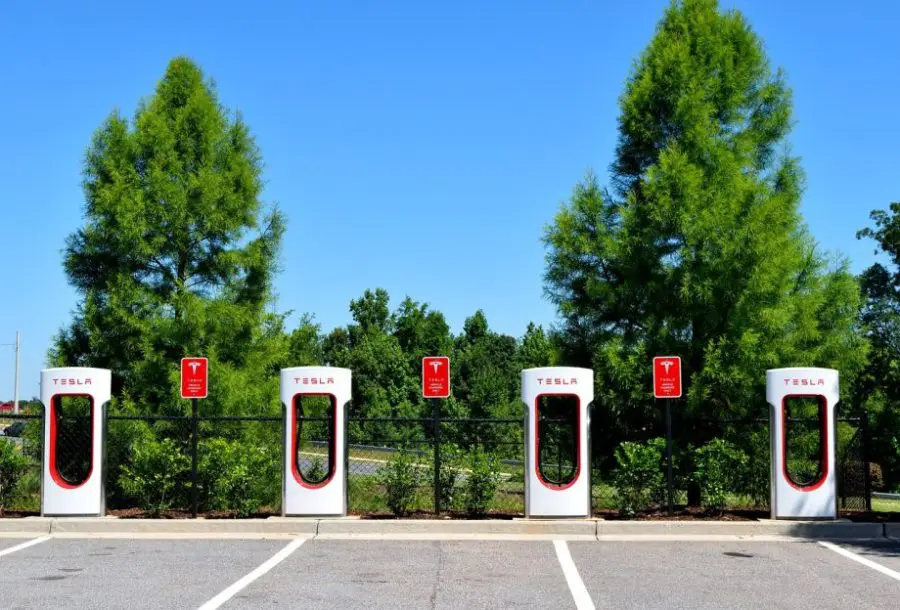
Federal incentives play a pivotal role in promoting the adoption of electric vehicles.
One of the key incentives is the Section 30D tax credit for light-duty vehicles, which was extended as part of the Inflation Reduction Act.
This act also introduced a new commercial EV credit (Section 45W) and a used EV credit (Section 25E).
These tax credits help to offset the higher upfront costs of EVs, making them more affordable for consumers and encouraging their adoption.
Additionally, the Bipartisan Infrastructure Law created a Clean School Bus program, providing $2.5 billion in dedicated funding for the purchase or lease of electric school buses.
These federal incentives are a clear demonstration of the government’s commitment to accelerating the transition to electric transportation.
Purchasing These Vehicles for Government and Military Use
First, let’s discuss the policy of purchasing electric vehicles for government and military use.
This is a powerful way for the government to lead by example. By choosing electric vehicles for their own fleets, government agencies are demonstrating their commitment to sustainable transportation.
This not only helps to reduce the carbon footprint of these agencies but also boosts the demand for electric vehicles, encouraging further growth in the sector.
Plus, it’s a great way to showcase the capabilities of electric vehicles, helping to dispel any myths and misconceptions about their performance and reliability.
Federal Rebates
Next, we have federal rebates. These are like a gift from the government to electric vehicle buyers, helping to make these vehicles more affordable.
When you purchase an electric vehicle, you can apply for a rebate that reduces the final cost of the vehicle.
This is a significant financial incentive that can make electric vehicles a more attractive option for many buyers.
And the more attractive electric vehicles are, the more people will choose to buy them, accelerating our transition to a more sustainable transportation system.
Government Policies to Promote Electric Vehicles FAQs
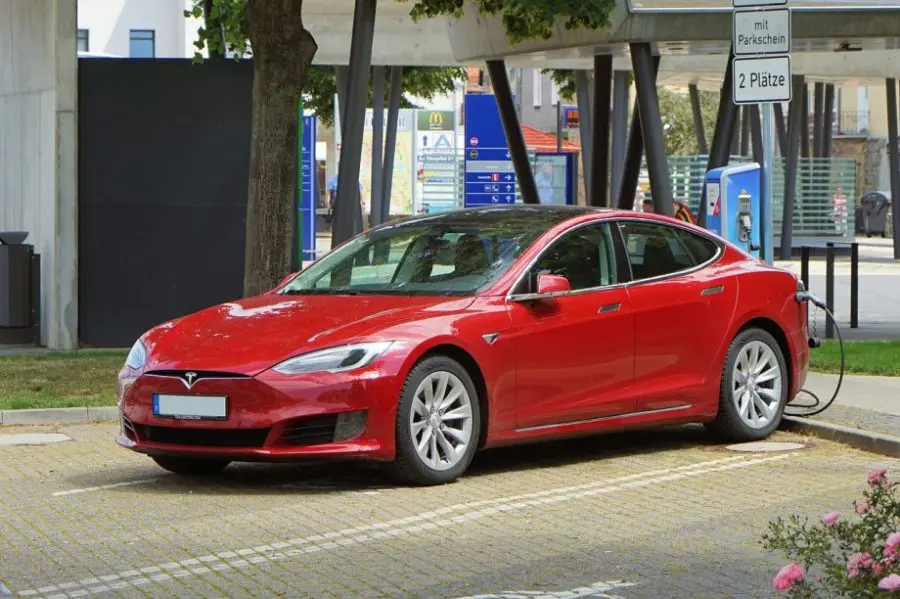
Let’s now switch gears and tackle some of the most frequently asked questions about electric vehicles and government policies.
This FAQ section is like a quick pit stop where we address some of the common queries and concerns people have.
From understanding why the government should promote electric vehicles to the specifics of the US electric vehicle subsidy policy, we’ve got you covered.
So, let’s jump right in and start answering some of these burning questions!
Q: Why should the government promote electric vehicles?
A: The government has a key role in promoting electric vehicles for several reasons.
Firstly, electric vehicles are crucial in reducing greenhouse gas emissions and combating climate change.
Secondly, they can help to improve air quality, particularly in urban areas.
Thirdly, promoting electric vehicles can stimulate economic growth and job creation in new industries, such as battery manufacturing and charging infrastructure development.
Q: Are there federal incentives for electric vehicles?
A: Yes, there are several federal incentives for electric vehicles.
These include tax credits for purchasing new electric vehicles, grants for research and development in electric vehicle technology, and funding for the development of charging infrastructure.
These incentives are designed to make electric vehicles more affordable and accessible and to stimulate growth in the electric vehicle industry.
Q: What is the US electric vehicle subsidy policy?
A: The US electric vehicle subsidy policy primarily revolves around the federal tax credit for electric vehicles.
This policy provides a tax credit of up to $7,500 for the purchase of a new electric vehicle, depending on the vehicle’s battery capacity and the taxpayer’s tax liability.
The aim of this policy is to reduce the upfront cost of electric vehicles and make them more affordable for consumers.
Q: What are the political factors of electric vehicles?
A: The political factors of electric vehicles involve the policies and regulations set by government entities at various levels.
These can include federal incentives like tax credits, state-level policies such as zero-emission vehicle mandates, and local initiatives like building charging stations.
Political support or opposition can also influence the adoption of electric vehicles.
For instance, policies related to climate change, energy security, and economic development can all impact the growth of the electric vehicle market.
Government Policies to Promote EVs Conclusion

As we reach the final stretch of our exploration into government policies to promote electric vehicles, it’s time to reflect on the key takeaways from our journey.
Throughout this article, we’ve delved into the importance of government policies in driving the adoption of electric vehicles, from federal incentives to state-level initiatives.
We’ve seen how policies support the development of charging infrastructure, regulate emissions, and incentivize the deployment of electric vehicles.
By promoting domestic manufacturing, passing legislation, and offering financial incentives, governments are paving the way for a cleaner, greener transportation future.
So, as we cross the finish line, let’s keep in mind the significant role that government policies play in accelerating the transition to electric vehicles and the exciting possibilities that lie ahead.
Recap of the Main Points
Now that we’ve reached the end of our journey exploring government policies to promote electric vehicles, let’s recap the main points we’ve covered.
We began by providing a brief overview of the topic and highlighting the importance of government policies in driving the adoption of electric vehicles.
We then delved into specific areas of federal EV policy, such as purchase incentives, charging infrastructure funding, federal fleet electrification funding, and EV manufacturing and supply chain programs.
Moving on, we explored policies to promote electric vehicle deployment, including competitive tenders, green public procurement programs, and purchase subsidies.
We also discussed state policies promoting hybrid and electric vehicles, as well as electricity laws and incentives at the federal level.
Additionally, we examined trends in electric vehicle policy in the United States, focusing on the development of charging infrastructure and emissions regulations.
Furthermore, we explored policies aimed at helping America lead, such as incentivizing domestic manufacturing of EV batteries and the Bipartisan Infrastructure Law.
We also touched upon the Electric Vehicle Toolkit, which provides valuable guidance on policies at different levels of government and incentives for EV deployment.
Lastly, we answered frequently asked questions related to the government’s promotion of electric vehicles.
These key points highlight the diverse range of policies and initiatives that shape the landscape of electric vehicle adoption.
Future Implications
Looking ahead, the future implications of government policies to promote electric vehicles are promising.
As technology advances and policies continue to evolve, we can expect significant growth in the electric vehicle market.
The continued development of charging infrastructure will make electric vehicle ownership more convenient and accessible for everyone.
Stricter emissions regulations will drive automakers to innovate and produce even more efficient and environmentally friendly vehicles.
The incentivization of domestic manufacturing will boost the economy and create new job opportunities.
Moreover, the commitment to leading the global electric vehicle revolution positions the United States as a key player in the industry.
As more individuals and businesses embrace electric vehicles, we can anticipate reduced greenhouse gas emissions, improved air quality, and enhanced energy security.
The future implications of government policies are not only positive for the environment and public health but also for the economy and national security.
By promoting sustainable transportation options, we are charting a course toward a cleaner, greener, and more prosperous future.
Read more about Federal EV Policy


